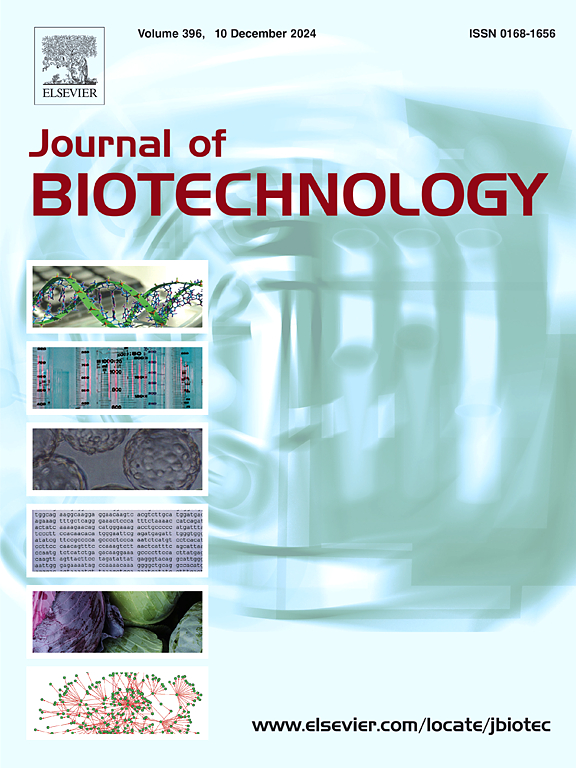An in vitro 3D spheroid model with liver steatosis and fibrosis on microwell arrays for drug efficacy evaluation
IF 4.1
2区 生物学
Q2 BIOTECHNOLOGY & APPLIED MICROBIOLOGY
引用次数: 0
Abstract
Metabolic dysfunction-associated steatotic liver disease (MASLD) is now the most common chronic liver disease worldwide, affecting more than 30 percent of adults. The most severe form of MASLD, metabolic dysfunction-associated steatohepatitis (MASH), is characterized by necrotizing inflammation and rapid fibrosis progression, often leading to cirrhosis and hepatocellular carcinoma. Currently, only Resmetirom is approved for the treatment of MASH one of the main reasons is the absence of representative in vivo or in vitro models for MASH. To address this challenge, we developed a high-throughput 3D spheroid model consisting of human hepatocellular carcinoma cells (HepG2) and human hepatic stellate cells (LX-2) on microwell arrays. This model, induced with free fatty acids (FFA) to simulate steatosis and fibrosis, enables the assessment of efficacy and mechanisms for potential anti-MASH drugs. Our findings demonstrate that this in vitro spheroid model replicates key pathological features of human MASLD, including steatosis, oxidative stress, and fibrosis. Upon validation, we selected pirfenidone (PFD) and yinfenidone (AC-003), which are commonly used to treat idiopathic pulmonary fibrosis (IPF), to test their anti-MASH efficacy. Treatment with these drugs showed that they could regulate lipid synthesis and metabolism genes, reduce lipid accumulation, oxidative stress, and fibrosis levels. This 3D spheroid model represents a straightforward and efficient tool for screening anti-MASH drugs and investigating the molecular mechanisms of drug action.
求助全文
约1分钟内获得全文
求助全文
来源期刊

Journal of biotechnology
工程技术-生物工程与应用微生物
CiteScore
8.90
自引率
2.40%
发文量
190
审稿时长
45 days
期刊介绍:
The Journal of Biotechnology has an open access mirror journal, the Journal of Biotechnology: X, sharing the same aims and scope, editorial team, submission system and rigorous peer review.
The Journal provides a medium for the rapid publication of both full-length articles and short communications on novel and innovative aspects of biotechnology. The Journal will accept papers ranging from genetic or molecular biological positions to those covering biochemical, chemical or bioprocess engineering aspects as well as computer application of new software concepts, provided that in each case the material is directly relevant to biotechnological systems. Papers presenting information of a multidisciplinary nature that would not be suitable for publication in a journal devoted to a single discipline, are particularly welcome.
 求助内容:
求助内容: 应助结果提醒方式:
应助结果提醒方式:


